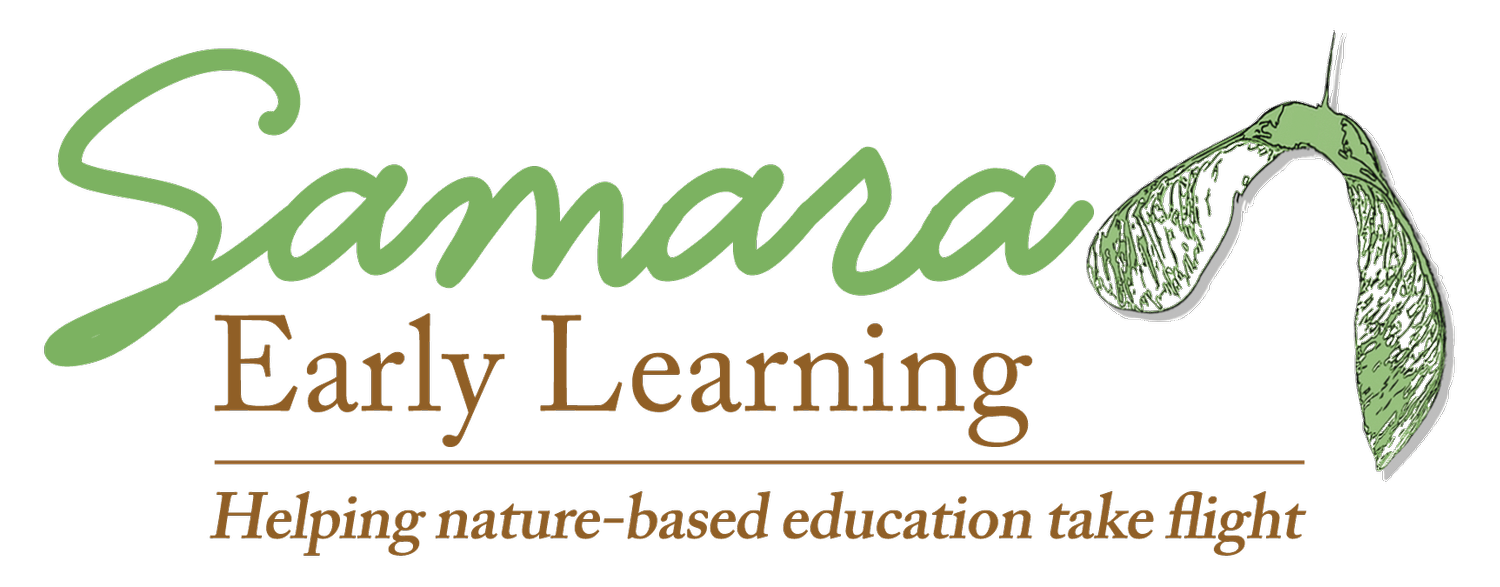Not fun, necessary
This post originally appeared in Dr. Rachel A. Larimore’s weekly Samara newsletter on May 30, 2023. If you’re interested in receiving these emails, scroll to the bottom of this page to subscribe.
Policies and procedures. Probably not your favorite topic, eh? It’s not my favorite either.
And yet each year around this time I seem to write to you about policies and procedures. Many are heading into the slower summer season (apologies if you’re in the southern hemisphere), and it’s a great time to revisit your policies and procedures. This will ensure new and returning staff are on the same page at the start of the new season.
The written policies and procedures manual will include many details and sometimes that can seem overwhelming. Generally the policies and procedures can be grouped into the following:
Personnel including policies for hiring, screening, training, and supporting staff. This is also the place to address other odds and ends such as dress codes, phone and social media use, confidentiality, etc.
Classroom, child care, and curriculum including the specifics of curriculum, child assessment, planning, daily class structure, behavior management, snacks and meals, etc.
Family Engagement including check-in/check-out procedures, means of ongoing communication with families, timing and procedures for family conferences, and any other family involvement activities.
Safety policies & procedures including details on ongoing safety, sanitation, response to illness, emergency procedures, and abuse prevention. This section should also include detailed activity protocols for medium- to high-risk activities such as fire making, tree climbing, stick play, etc.
Additional administrative procedures related to enrollment, tuition payments and refunds, withdrawal procedures, children’s records, and any notifications that need to be posted.
All of these policies and procedures should be based on a Site Assessment identifying natural and human hazards; a Benefit-Risk Assessment for program activities; and a Detailed Protocol for all medium- to high-risk activities.
Even if you have policies and procedures in place, it’s important to review them each year. Did scenarios arise this past year that weren’t covered by your existing policies? Did you notice an increase in injuries, conflict, or other tension that could be solved with adjustments to policies and procedures?
I know policy and procedure writing and revision is one of the least exciting aspects of nature-based education, but it matters. It matters to the children, teachers, your program, and to the profession as a whole. These written policies and procedures make it possible to create positive, meaningful experiences for young children to learn with nature.
Keep changing lives,
Rachel
Rachel A. Larimore, Ph.D., Chief Visionary of Samara Learning

